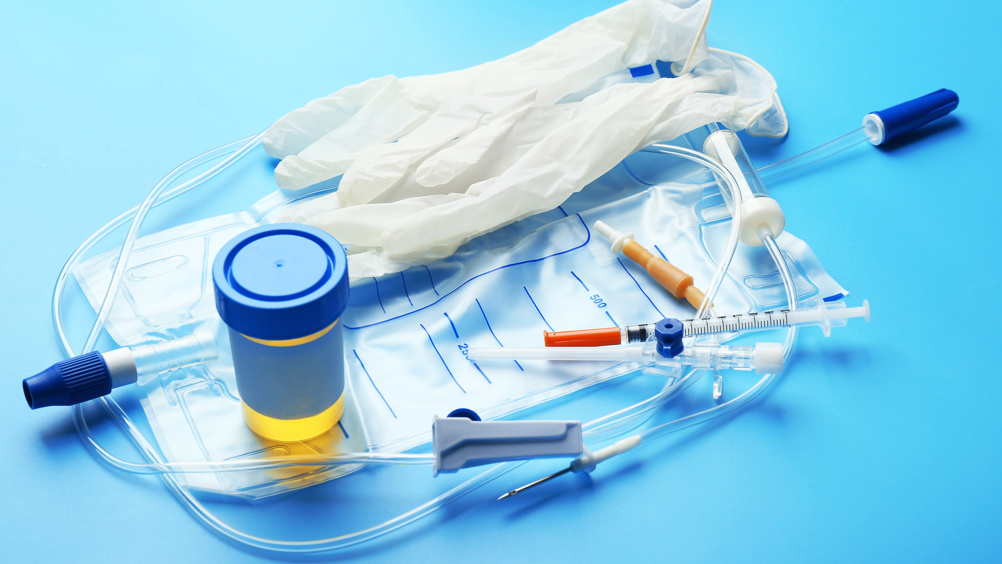References
Implementing patient safety in practice

Abstract
What do we mean by patient safety? How does this relate to what changes we can make in practice? The main goal is obviously to keep the patient safe. It involves systematically thinking about everything that the patient will experience. Patient safety should be directly related to quality and clinical effectiveness. Clinical governance can be used, which is a framework through which healthcare organisations are accountable for continuously improving the quality of their services and safeguarding high quality of care to assist in implementing patient safety in practices.
Learning more about procedures that can improve patient safety can enhance our ability to treat animals effectively.
Patient safety is defined as: ‘The absence of preventable harm to a patient and reduction of risk of unnecessary harm associated with healthcare to an acceptable minimum’ (World Health Organization (WHO), 2023). While staff are committed to helping patients at all times, they are nevertheless human and capable of making unintentional mistakes. Patient safety is therefore focused on identifying safety incidents and learning, so that that the same error is not made again by a different staff member.
An important part of patient safety is the idea that blame is a pointless exercise: punishing a staff member for an action that they already feel bad about will only make the veterinary practice a more dangerous place for patients, because it deters others from admitting their errors. In a healthy practice, there needs to be safe accountability for when mistakes are made, they need be seen as ‘good people make mistakes’. Team members are encouraged to take personal responsibility, but always receive support to move forward from sometimes traumatic events. This helps them grow personally and professionally.
Register now to continue reading
Thank you for visiting The Veterinary Nurse and reading some of our peer-reviewed content for veterinary professionals. To continue reading this article, please register today.

